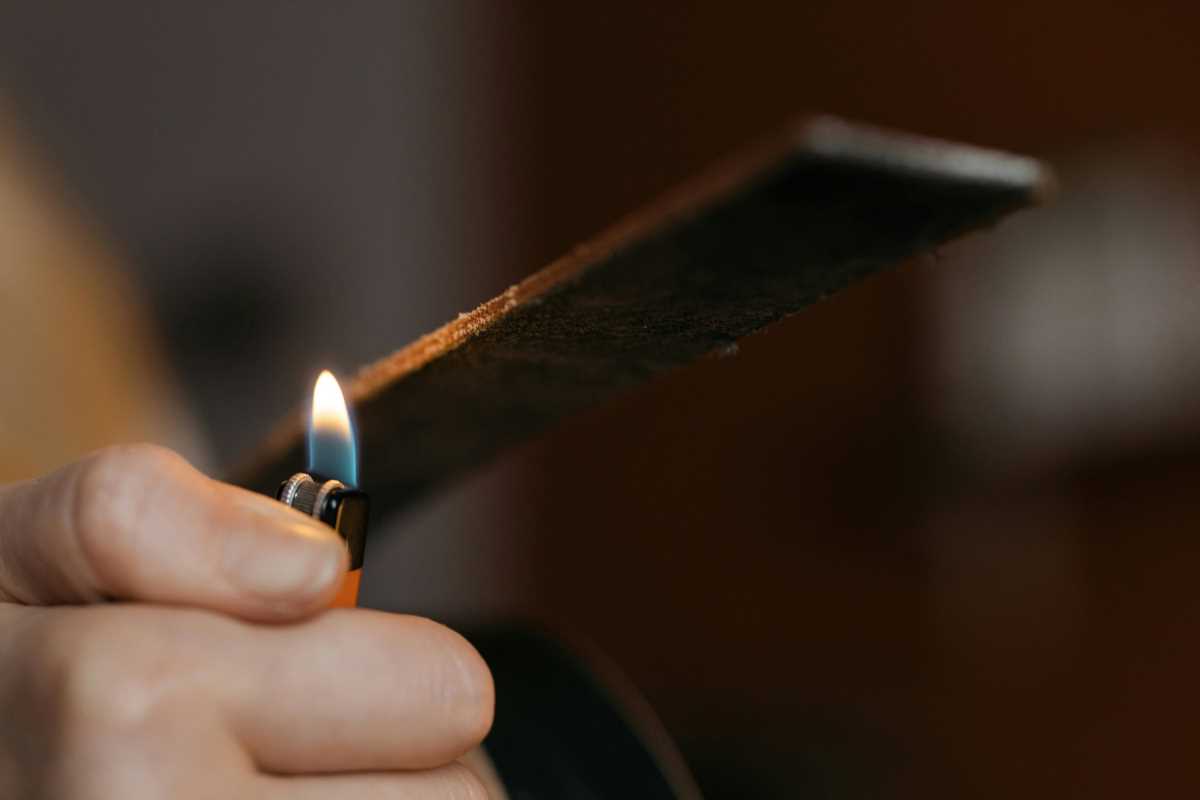Building a retro arcade cabinet invites you to bring the excitement of classic gaming right into your home. This guide walks you through every stage, from choosing the perfect design to selecting the best components, ensuring you enjoy both the creative and technical aspects of the process. As you assemble your cabinet, you’ll find that every choice you make adds to the authenticity and charm of the final result. Whether you love the challenge of hands-on projects or want to recreate the magic of old-school arcades, you’ll gain a rewarding experience and a unique centerpiece for endless hours of play.
The project encourages a mix of imagination and precision as you step into a world where old-school aesthetics meet modern techniques. From conceptual sketches to the final brush of paint, every phase is designed to help you craft a unique cabinet that stands as a tribute to legendary arcade experiences of the past.
Planning Your Retro Arcade Cabinet
Before starting the build, take time to plan every aspect of the arcade cabinet. Laying out your decisions early on ensures your build flows smoothly and avoids pitfalls. Begin by imagining the perfect blend of classic design and modern functionality. Think about where the cabinet will sit, how it fits into your space, and what dimensions you want it to have.
Keep these important decisions in mind when mapping out your project:
- Determine the overall size and shape based on the available space in your game room or workshop.
- Choose a design inspiration that reflects the era you love—a vibrant color scheme, bold graphics, or vintage signage can set the tone.
- Select the cabinet materials and internal layout, including space for electronics and wiring.
- Decide on the seating or leaning support if you plan to add extra controls or a cocktail style top.
- Outline your budget and timeline to keep the project on track from start to finish.
By methodically outlining these key decisions, you ensure that every part of the project aligns with your vision and practical constraints. This pre-planning step saves time and helps avoid mid-build surprises that can slow down your progress.
Gathering Materials and Tools
Once your planning is complete, collect all the materials and tools needed to build your cabinet. Having everything ready allows you to focus on the creative assembly without frequent trips to the hardware store. This phase offers an opportunity to select quality components that will improve the durability and performance of your project.
Here is a list of essential materials and tools:
- High-quality plywood or MDF for constructing the frame
- Screws, nails, and wood glue for a sturdy assembly
- A jigsaw and a circular saw for precise cuts
- Sandpaper, paint, and primer for a professional finish
- Electrical tools (drill, wiring, and connectors) for integrating controls
- A monitor and speakers to complete the interactive setup
- Various control components such as joysticks, buttons, and wiring harnesses
Choose tools and materials that match your skill level and desired cabinet style. Investing in quality items may cost more upfront but will pay off in performance and longevity.
Building the Cabinet Frame
Now it’s time to turn your plan into reality by building the physical cabinet frame. Measure your pieces carefully and cut the wood to your needed dimensions. Make sure all joints fit properly, as precision at this stage provides the foundation for the entire cabinet. Check measurements regularly to keep the structure square and stable.
Follow these step-by-step instructions to build a sturdy frame:
1. Start with the base by creating a solid platform that will support the monitor and internal wiring. 2. Attach the side panels and the back using wood glue and screws, ensuring each connection is tight. 3. Add reinforcements at the corners where the panels meet to improve stability. 4. Install internal supports to hold electronics securely.
When finishing this section, consider designing a durable arcade cabinet frame that balances functionality with the nostalgic spirit of classic gaming. Each step builds on the last, resulting in a structure that is both practical and reminiscent of arcade legends.
Installing Electronics and Controls
After completing the cabinet frame, move on to installing internal electronics and control interfaces. Place the monitor in its designated spot. Decide between a traditional CRT look or a modern LED panel that mimics classic visuals with sharp clarity. Secure the display firmly to prevent movement during gameplay.
Next, set up the controls. Choose joystick configurations, button placements, and wiring diagrams to recreate the authentic arcade experience. Tidy loose wiring to keep the setup neat and make sure each component connects to a stable power source. Add a quality sound system to complete the atmosphere, ensuring game audio matches the lively visuals.
Customizing Graphics and Finishing Touches
Once the electronics and physical assembly are done, focus on customizing the exterior graphics and adding personal touches that make your creation unique. This is where creativity and craftsmanship come together—use bold patterns, nostalgic artwork, or personalized decals that reflect your gaming journey. Spend extra time on graphic design to perfectly capture the spirit of your favorite classics.
Here are some ideas to enhance your cabinet's appearance:
- Apply custom vinyl decals featuring iconic images from legendary gaming eras.
- Layer intricate stencils or painted details that evoke the colorful aesthetics of a retro arcade experience.
- Add LED accent lighting along the edges to create a glowing effect during nighttime play sessions.
- Create a control bezel that outlines the button layout and offers ergonomic support.
- Distress the paint to give your cabinet a weathered look filled with character and history.
Enjoy your creation and let it bring back the nostalgia of classic gaming nights. Relive the excitement of a cherished era with every session.
 (Image via
(Image via
.jpeg)




